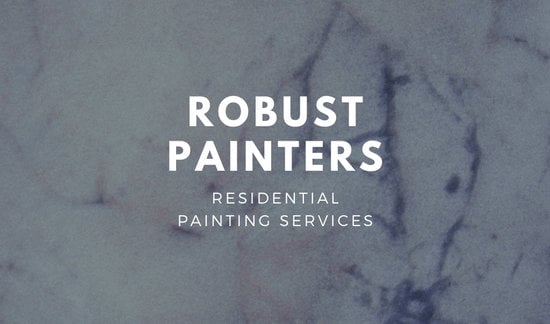The Effectiveness Of Your Commercial External Painting Job Is Very Closely Linked To Weather-- Figure Out How It Can Either Support Or Prevent Your Desired Results
The Effectiveness Of Your Commercial External Painting Job Is Very Closely Linked To Weather-- Figure Out How It Can Either Support Or Prevent Your Desired Results
Blog Article
Short Article By-Fabricius Hollis
When you're planning an industrial external paint job, do not take too lightly the effect of weather on your results. You need to think about variables like temperature, humidity, and precipitation, as they can make or damage your paint job. As an example, did you know that optimal problems call for particular temperature level arrays and moisture degrees? Stopping working to keep an eye on these facets can cause uneven finishes or even damages to fresh paint. Comprehending these components is crucial to attaining a resilient, specialist outcome. So, what details weather conditions should you watch out for?
Temperature level Considerations
When it comes to industrial exterior paint, temperature plays an important role in the end result of your task. If you're repainting in severe warm, the paint can dry out also rapidly, leading to issues like bad adhesion and uneven coatings. You wish to aim for temperatures between 50 ° F and 85 ° F for the best outcomes. Below 50 ° F, paint might not heal properly, while above 85 ° F, you run the risk of blistering and breaking.
Timing your task with the right temperatures is important. Beginning your job early in the early morning or later on in the afternoon when it's cooler, especially throughout warm months.
Additionally, think about the surface area temperature level; it can be substantially more than the air temperature level, especially on warm days. Utilize a surface area thermometer to check this prior to you begin.
If temperature levels are unpredictable, keep an eye on the weather forecast. Unexpected temperature level decreases or heat waves can derail your plans. You do not wish to start painting just to have the problems change mid-project.
Humidity Degrees
Moisture levels significantly impact the success of your commercial exterior painting task. When the humidity is too expensive, it can hinder paint drying and curing, bring about a series of issues like poor attachment and finish quality.
If you're intending a task throughout damp conditions, you may find that the paint takes longer to completely dry, which can prolong your task timeline and boost prices.
Conversely, reduced humidity can also present challenges. interior painting color consultations might dry as well swiftly, avoiding proper application and leading to an unequal coating.
You'll wish to keep track of the humidity degrees closely to ensure you're functioning within the perfect range, typically in between 40% and 70%.
To get the most effective outcomes, think about utilizing a hygrometer to gauge moisture prior to beginning your task.
If you find the degrees are outside the optimum range, you may need to adjust your routine or select paints created for variable conditions.
Constantly get in see it here with the supplier's standards for particular recommendations on humidity resistance.
Rainfall Impact
Rain or snow can substantially disrupt your commercial exterior painting strategies. When rainfall happens, it can remove fresh applied paint or create an uneven finish. Ideally, you intend to pick days with completely dry climate to guarantee the paint sticks properly and remedies effectively. If you're caught in a rain shower, it's ideal to stop the job and wait for problems to improve.
Moreover, snow can be much more damaging. Not only does it develop a damp surface area, yet it can likewise reduce temperature levels, making it hard for paint to dry. This can cause problems like peeling off or blistering down the line.
mouse click the next internet page to check the weather prediction prior to beginning your project. If rain or snow is forecasted, consider rescheduling.
Always remember to permit ample drying time in between layers, particularly if the weather remains unforeseeable.
Final thought
To conclude, keeping an eye on the weather condition is important for an effective commercial external paint task. By checking temperature level, humidity, and precipitation, you can make sure the most effective problems for application and curing. Keep in mind to intend your job around beneficial climate and always adhere to producer guidelines. With the ideal method, you'll achieve a resilient, attractive coating that can endure the components. Do not let the climate capture you off-guard-- stay educated and paint clever!
